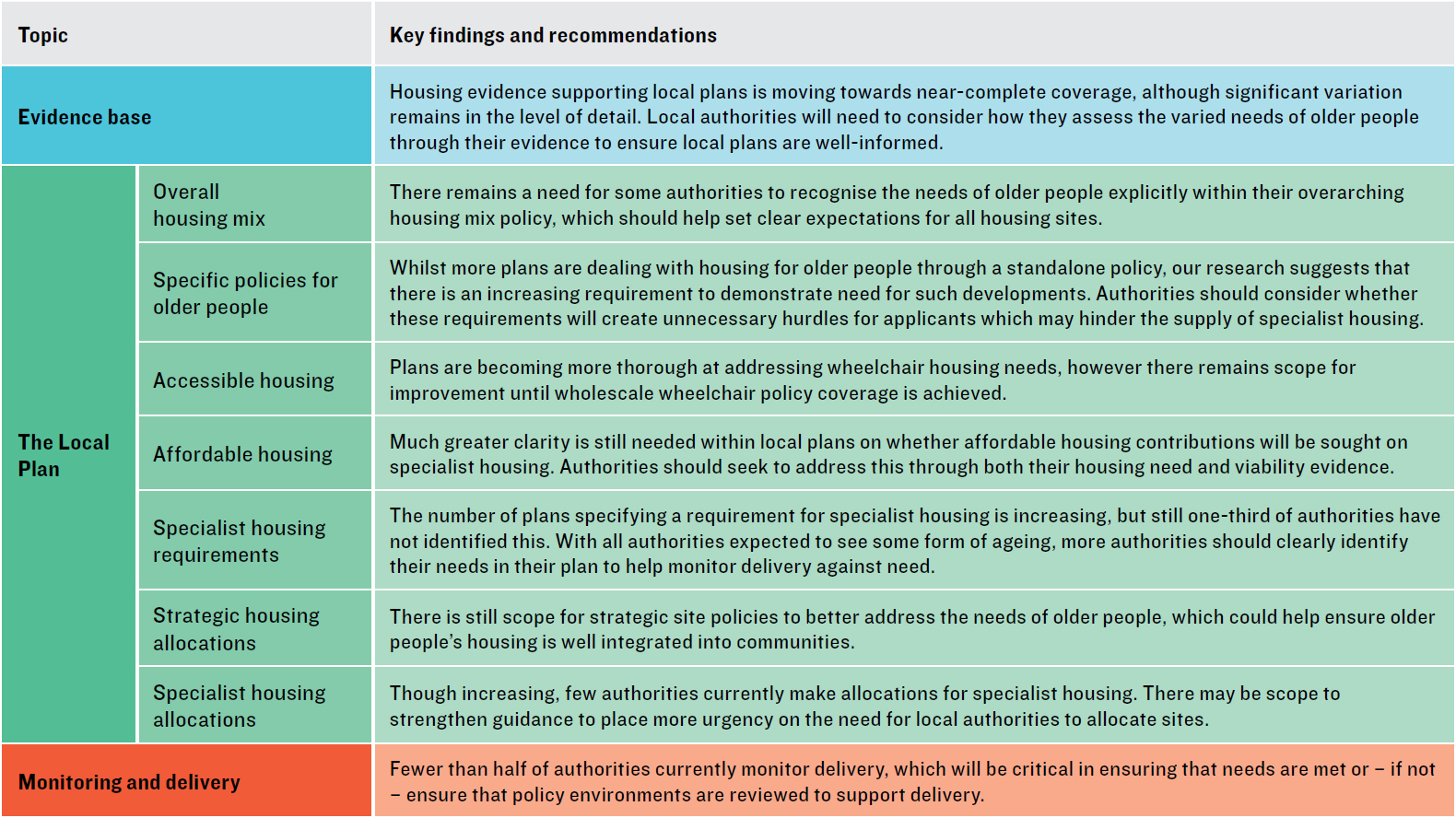The
Mead/Redrow High Court Judgement has caused a splash across the development industry over whether or not a Sequential Test needs to be applied, and when it does, what it should entail. This has been compounded by a recent tide of appeal decisions that, whilst not all consistent, demonstrate that decision makers’ interpretations have shifted in respect of when and how the Sequential Test for flood risk should be applied.
The Mead/Redrow Judgement is to be considered by the Court of Appeal, which may address some of the uncertainty that has arisen from the Judgement. However, the Court of Appeal Judgement is not expected until 2025. Therefore, amidst the ongoing uncertainty, this blog provides some practical tips on how to navigate the current state of play until matters are clarified, either through the courts or maybe with a change to the PPG.
So, what is significant about the Mead/Redrow Judgement and why has it ushered in a new era for the Sequential Test?
The Judgement held that Planning Practice Guidance (‘PPG’) has the same legal status as the National Planning Policy Framework (‘NPPF’). This is significant because the PPG on Flood Risk and Coastal Change includes much more detail than the NPPF when it comes to the Sequential Test. In particular, the PPG is clear on two key points:
- The Sequential Test should take account of all sources of flood risk – this means fluvial (river and tidal) and surface water flood risk.
- Flood risk management infrastructure should be ignored initially. This means that a Sequential Test cannot be avoided on sites that are at risk of flooding from any source, even if a site-specific FRA concludes that there is a low risk of flooding due to existing flood defences or proposed development mitigation measures.
On the first point, you might be wondering – how is this so different from the NPPF? Well, it’s not. The NPPF §168 states that “the aim of the Sequential Test is to steer development to areas with the lowest risk of flooding from any source”. However, the PPG is more explicit that other forms of flooding need to be treated consistently with fluvial flooding, and that all sources of flood risk are to be taken into account through the Sequential Test.
When is a Sequential Test required?
If your site is at risk of flooding from any source (including surface water flooding), then the Sequential Test needs to be satisfied. The PPG states
[1] that the exceptions to this are:
-
The site is allocated in the development plan and was subject to the Sequential Test at plan-making stage for a use consistent with the development that is being proposed.
-
The site is at low risk from all sources of flooding (fluvial and surface water).
The local planning authority’s Strategic Flood Risk Assessment (‘SFRA’) should be the first point of reference to check if either of the above is satisfied.
Failure to undertake the Sequential Test, if one is required, has the potential to cause issues later down the line, even if it is not raised by the local planning authority or statutory consultees during an application’s determination. As an example, a speculative scheme goes to appeal with a reason for refusal that is unrelated to the Sequential Test. During the appeal process, the risk from surface water flooding is raised by an Interested Party. Failure to satisfy the Sequential Test weighs against the proposals. This is a scenario that has already played out in recent appeals.
Let’s consider another scenario – a planning application on an emerging allocation at risk from surface water flooding, which has already been subjected to the Sequential Test in the SFRA. Technically, the planning application will still need to satisfy the Sequential Test until the local plan is adopted and the site is allocated for the use proposed – at which point one of the PPG exemptions listed above would be satisfied. However, it would seem reasonable to also have regard to the stage of the Local Plan and how well advanced it is. If, for example, the draft Plan has been through the EiP and this has not been raised as an issue, then it would follow that greater weight can be given to that allocation and the fact that it has been subject to a Sequential Test. This is perhaps an area where clearer guidance would be beneficial to clarify whether applications on well advanced emerging allocations can rely on SFRA Sequential Tests.
Now let’s consider a speculative application on a site in Flood Zone 1, where only 0.1ha of the 10ha site is at risk of flooding from surface water. Again, technically the decision maker will need to be satisfied that the Sequential Test is satisfied. This is another area where updates to guidance are necessary to ensure that the Sequential Test is proportionate to risk. In the meantime, as a way to avoid the Sequential Test, consider whether land at risk from flooding can be easily excluded from the application redline.
What about a reserved matters application on an unallocated site at risk from surface water flooding, where the Sequential Test was not satisfied at outline planning stage? The purpose of the Sequential Test is to steer development towards sites at lower risk from flooding. Thus, it would be reasonable to assume that this would be satisfied at outline stage as that then establishes the principle of development. As such, it could be argued that this should not be revisited at reserved matters stage. However, there will be outline planning consents granted prior to the Mead/Redrow Judgement that have not satisfied the Sequential Test (but are at risk from flooding) and we think that this is another area where clearer guidance would be beneficial to clarify that the Sequential Test does not need to be satisfied at reserved matters stage.
A Sequential Test is required – what next?
Another key issue arising from the Judgement is that
‘reasonably available sites’ need to be carefully considered and agreed. The PPG
[2] states that:
‘Reasonably available sites’ are those in a suitable location for the type of development with a reasonable prospect that the site is available to be developed at the point in time envisaged for the development.
These could include a series of smaller sites and/or part of a larger site if these would be capable of accommodating the proposed development. Such lower-risk sites do not need to be owned by the applicant to be considered ‘reasonably available’.
The Mead/Redrow Judgement considered what makes a reasonably available site. Firstly, it was held that there must be a relationship between the ‘series of smaller sites’ for them to be a reasonable alternative. It may also be appropriate for the applicant to put forward a case that the specific type of development proposed is necessary in planning terms and/or meets a market demand. This means that, by clearly defining the criteria of what should be considered a reasonably available site, the number of alternative sites to consider through the Sequential Test can be reduced. Consider the following:
- Does the development need to be in a specific location or catchment? For example, where a proposed development includes a school that is responding to a specific local need.
- Does the site need to be a certain size, or will the development comprise a mix of land uses that are interdependent and cannot be split across a series of smaller sites?
- Does the development need to be a certain scale or density? For example, a 200 dph town centre apartment block might not be considered a reasonable alternative for a 35 dph edge-of-settlement scheme.
Where possible, at the outset, agree the parameters for identifying reasonably available sites with the local planning authority. This will reduce the risk of issues down the line, as it will ultimately be a matter of judgement for the decision maker as to whether the Sequential Test has been satisfied.
The Sequential Test shows that there are reasonably available sites which are sequentially preferable – is this the end of the road for my development?
No.
Where there is an unmet need for the development being proposed, the Mead/Redrow Judgement held that this should be weighed in the overall planning balance against any factors pointing to the refusal of permission (including any failure to satisfy the Sequential Test). This means that if the capacity of all the sequentially preferable, reasonably available sites is less than the unmet development need, then there is a requirement for land which is not sequentially preferable to come forward too.
So, what next? Watch this space.
The Mead/Redrow Judgement has been challenged and will be heard by the Court of Appeal. However, the outcome of this will not be known until 2025.
In the meantime, guidance needs to be, and can be, updated to explicitly state that a failure to satisfy the Sequential Test does not preclude granting planning permission; it’s only one consideration in the overall planning balance. This will help to provide clarity for decision makers. At the very least the PPG needs to (and could be) revised, so that it is consistent with, and does not add in an extra requirement to, what is in the NPPF.
[1] PPG Reference ID: 7-027-20220825
[2] PPG Reference ID: 7-028-20220825
Image credit: Chris Gallagher via Unsplash









